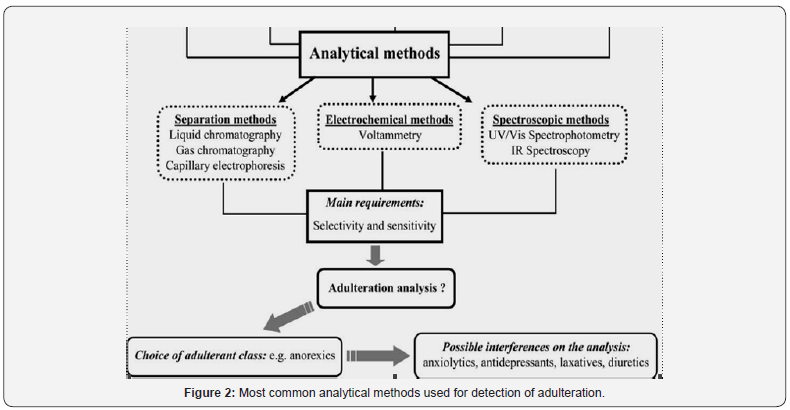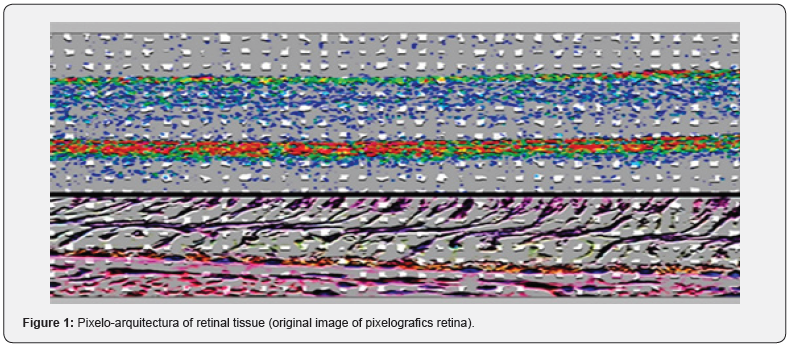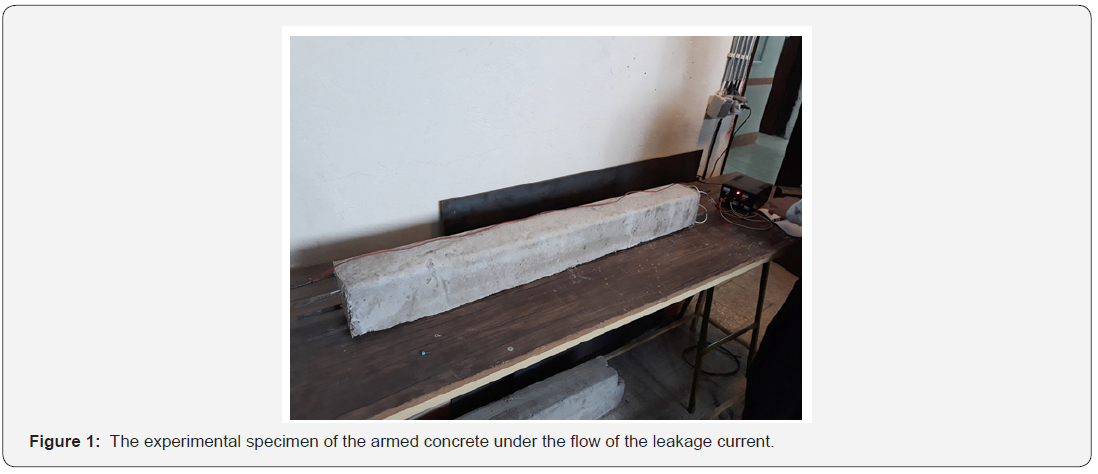Physical Fitness, Medicine & Treatment in Sports - Juniper Publishers
Abstract
The World Health Organization recommends the promotion of quality physical education for young people in school curricula. The school as a democratic institution that reaches society, as well as physical education as a curricular component, plays an important role in educating citizens who are physically active in the future. However, studies have shown a growing disinterest of students in physical education classes. The aim of this opinion article is to describe a proposal for diagnosing the motivation of students from southeastern Brazil in physical education classes to guide quality practical interventions that encourage them to value physical activity as a means of health promotion. The premise is that young people educated for active life will become aware and autonomous adults who will maintain an adequate level of physical activity.
Keywords: School physical education Motivation Physical activity Physical inactivity
Introduction
This article aims to highlight the importance of school physical education to educate and raise awareness about the importance of physical activity as one of the factors for maintaining a healthy life. The narrative develops in the context of the Brazilian reality since official and international censuses have reported high levels of physical inactivity. In addition, national studies point to substantial disinterest of young people and adolescents in physical education classes [1], in agreement with international evidence [2]. In view of these critical problems, studies conducted by the Research Group on Physical Education and Sport Pedagogy, of which we are a part, have sought to identify the causes of the demotivation of students to participate in physical education classes. The self-determination theory (SDT) was adopted as a conceptual framework because it is a widely investigated and empirically validated theory on the satisfaction of basic psychological needs. Based on the premise that active children and adolescents tend to become active adults [3], it will be important to know the rea son that attracts them to or alienates them from physical activity since school age. Health and education are two strategic areas for human development and therefore deserve the attention of gov ernment bodies because policies that integrate these areas allow both the prevention of diseases and the emancipation and autonomy of citizens. Physical education is considered a key element in disease prevention and health promotion programs because it is present and operates in both areas, either through the participation of physical education professionals in public health programs or the presence of this discipline in school curricula.
The benefits of physical activity are well established and include the prevention of overweight/obesity, hypertension and diabetes, as well as a positive effect on mental health [4]. The World Health Organization (WHO) [5] alerts to the association between obesity in childhood and adolescence and an increased risk of obesity in adulthood, which may even result in death due to heart diseases, respiratory problems, diabetes, and liver disease. In addition, considering that adolescence is a critical phase of development, obesity can also cause serious psychological problems related to the self-perception and low self-esteem of young people. To prevent obesity in adolescents, the WHO [5] recommends, among other measures, ensuring quality physical education for young people in school curricula, as well as disseminating national guidelines for young people and family members that regulate screen entertainment, sleep and healthy nutrition. Within thiscontext, school physical education as a curricular component of formal education can contribute not only to increasing levels of physical activity in elementary, middle and high school but also to teach young people the key concepts that would raise their awareness about the importance of physical activity for maintaining an active life and, consequently, for health preservation. Therefore, quality school physical education for children and adolescents has the potential to directly influence the development of active behavioral patterns throughout life [6], contributing to the prevention of health risk factors.
Context and physical inactivity among youth and adults
Studies reported a global prevalence of insufficient physical activity in 2016 of 81% among young and adolescents (11-17 years; M=77.6% and F=84.7%) [7] and of 27.5% among adults (≥18 years; M=23.4% and F=31.7%) [4]. In Brazil, the same studies indicate percentages of insufficiently active young/adolescents of 83.6% (M=78.0% and F=89.4%) [7] and of insufficiently active adults of 47.0% (M=23.4% and F=31.7%) [4]. This scenario is a matter of concern because it predicts a considerable proportion of adults with a high risk of developing serious health problems in the future. In Brazil, the National Survey of School Health (PeNSE) [8] and the Surveillance of Risk Factors for Chronic Diseases through Telephone Interview (Vigitel) [9] are official studies of the Ministry of Health for monitoring the health of schoolchildren and adults, respectively. The latest edition of the PeNSE conducted in 2015 [8] involved 113,227 schoolchildren aged 13-17 years (elementary to high school students) representative of the Brazilian territory. The percentage of students considered active by the globally estimated physical activity indicator was 20.0% in the 13-15-year age group and 19.2% in the 16-17-year age group. These percentages increased when the indicator of accumulated physical activity was considered, with students with an active profile accounting for 32.4% in the 13-15-year age group and for 30.3% among those aged 16-17 years. Regardless of the indicator adopted, the proportion of boys was significantly higher than that of girls. With respect to the nutritional status of students aged 13- 17 years, the overall proportion of overweight and obese individuals was 23.7%, with no significant difference between sexes [8]. The latest edition of the Vigitel survey was conducted in 2018 [9] and involved 52,395 adults (age ≥18 years) representative of all states of the Brazilian federation. The percentage of adults in the sample who performed moderate leisure-time physical activity of ≥150 minutes/week was 38.1%. Men were more active (45.4%) than women (31.8%), with the difference being significant. The sum of insufficiently active and inactive adults was 57.8%. Men were found to be less inactive (48.1%) than women (65.9%). A finding that draws attention in this study is that the participation in physical activity decreased with advancing age of the adults. In addition, educational level positively influenced the participation in physical activity, i.e., individuals with a higher educational level tended to have higher physical activity levels.Regarding the nutritional status of the adults studied, 55.7% were overweight and 19.8% were obese. There was a higher percentage of overweight men (57.8%) compared to women (53.9%), while women were more frequently obese (20.7%) than men (18.7%) [9]. The educational level of the adults also influenced the nutritional status, with the prevalence of overweight/obesity decreasing with increasing educational level of the respondents. In view of these findings, school physical education must not be neglected as a tool to reverse this reality. We must be aware of the reasons that have led students to avoid engaging in physical education classes. They are sending us a message and we are not being able to hear them. Our research aims to diagnose the causes of students’ demotivation in order to provide teachers with consistent information that will enable them to adapt physical education programs and to encourage students not only to participate in physical activity, but also to develop conceptual knowledge about physical activity and health. In the next section, we present a brief description of this research project and preliminary results.
Method and diagnosis of reality
A quantitative-qualitative methodology was adopted to analyze objective dimensions-characterizing the needs of students – and subjective dimensions – knowing the causes of disinterest in physical education classes. The database under construction refers to 1,124 elementary, middle and high school students. The Basic Psychological Needs in Exercise Scale (BPNES) [10], adapted and validated for the Brazilian reality, was used to characterize the motivational profile of the students. The causes of the students’ disinterest in physical education classes were obtained by interviews, which were elaborated using the dialectic hermeneutic circle technique [11]. This technique allows all subjects to answer the original and other questions formulated from the conversations with the interviewed peers, permitting that respondents express their opinion about each other. For this analysis, subsamples were created, characterizing a multi-case study.
The SDT has been the most widely used theoretical framework to analyze motivation in physical education classes [12-14]. This approach to human motivation and personality highlights the importance of the individual’s self-regulation of behavior. The theory of basic psychological needs is one of the theories underlying the SDT [15]. From this perspective, the tendency towards development, integration of self-determined psychological elements, and the interaction with a social structure emerge as innate needs of psychological autonomy, personal competence, and social relatedness. [12] refer to the need for competence as feeling competent and capable of carrying out activities; to autonomy as the possibility of having choice and control, and to relatedness as feeling affiliated and belonging to the social context.
The interpretation of the results allows us to infer that students generally feel that their basic psychological needs are moderately satisfied, suggesting that adaptation of the environmentto students’ needs will result in greater satisfaction. Boys generally feel that their basic needs are better met than girls, especially competence needs. Elementary school boys feel that their basic psychological needs are satisfied, but this feeling tends to decrease at the end of middle school and to stabilize during high school. The feeling of competence and autonomy need satisfaction is greater among boys across all school levels. The arguments reported by boys and girls in the interview indicate that it is generally the priority of boys to use the gym and boys also interfere more with the decisions of the teacher.
Boys and girls feel the need to share decisions about the planning and elaboration of classes so that they can explain preferred contents and the types of exercises consistent with their skills and competences. Girls tend to value and feel largely satisfied with relatedness needs in the classroom, while boys of all school levels achieve a higher rate. Bullying is a problem reported by boys and girls as a reason for disinterest in physical education classes. During the classes, the students may find themselves in embarrassing situations in front of the class, which are almost always caused by the patterns of movement and performance in the activities developed.
Conclusion
Male and female students exhibit a more self-determined behavior when their environment provides support for the development of their basic psychological needs. In line with the research objectives, this study indicates that the lack of skills, of content diversification beyond the most popular team sports and of opportunities to participate in classroom decision-making are relevant reasons that lead to students’ disinterest in school physical education. The low competence need satisfaction of girls may be related to the predominance of soccer practice in the classroom context and to the fact that the teaching activities have not provided conditions for the development of their skills. We suggest expanding student experiences based on the diversification of contents, adapting the levels of requirement to the students’ skills and providing activities with high chances of success in order to improve the perception of competence. Resorting to participatory planning is an alternative that can be used to enhance the feeling of autonomy need satisfaction. However, shared decision-making about teaching requires parsimony since the teacher has important didactic-pedagogical tools and knowledge of the content necessary for elaboration of the teaching-learning process. To support autonomy, the teacher needs to provide an environment in which students feel to be co-authors of decisions in different classroom situations. To effectively contribute to the education of physically active citizens, school physical education needs to overcome the concept of a space exclusively dedicated to recreation and leisure and become a training space par excellence to endow individuals with autonomy to manage their health.
To Know more about Physical Fitness, Medicine & Treatment in Sports
Click here: https://juniperpublishers.com/index.php


















